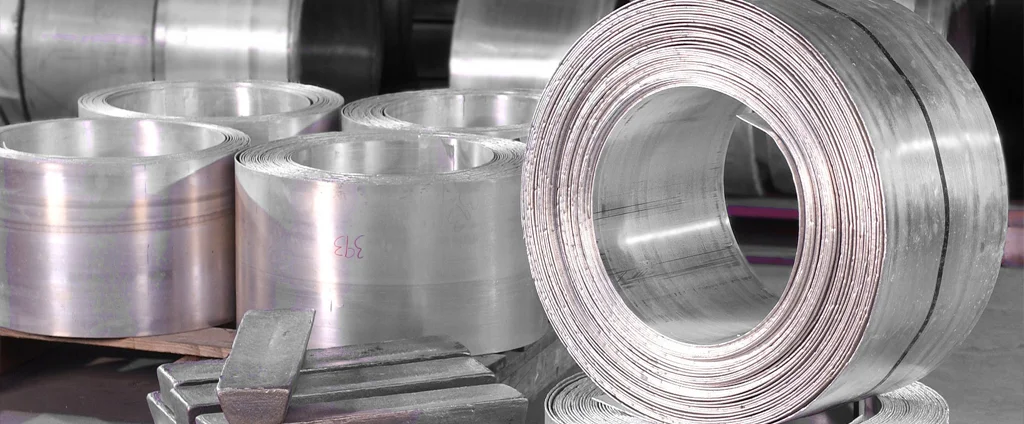Magnesium HM21A-T5 (UNS M13210)

HM21A-T5 is a heat-treatable magnesium alloy recognized for its excellent strength-to-weight ratio and durability. Widely utilized in aerospace, automotive, and various industrial sectors, it offers an optimal combination of high strength and low weight, making it ideal for applications where performance and weight savings are critical.
| Chemical Composition | ||
|---|---|---|
| Element | Min | Max |
| Magnesium | —— | Remainder |
| Manganese | 0.45% | 1.1% |
| Thorium | 1.5% | 2.5% |
The following table provides a list of magnesium HM21A-T5 properties in both SI and US customary/Imperial units.
Click on the button to switch between Metric and Imperial units.
| Physical Properties | Metric |
|---|---|
| Density | 1780 kg/m3 |
| Mechanical Properties | Metric |
| Tensile Strength (Ultimate) | 230 MPa |
| Tensile Strength (Yield) | 150 MPa |
| Compressive Strength (Yield) | 110 MPa |
| Bearing Strength (Ultimate) | 250 MPa |
| Bearing Strength (Yield) | 160 MPa |
| Shear Strength | 125 MPa |
| Young’s Modulus (E) | 45 GPa |
| Shear Modulus (G) | 17 GPa |
| Elongation at Break in 50 mm | 9% |
| Poisson’s Ratio (ν) | 0.35 |
| Brinell Hardness 500 kg load, 10 mm ball | 50 |
| Machinability | 100% |
| Thermal Properties | Metric |
| Melting Point | 605 - 650 °C |
| Solidus | 605 °C |
| Liquidus | 650 °C |
| Specific Heat Capacity (Cp) | 1000 J/kg·K |
| Coefficient of Thermal Expansion (αL) | 26.8 1/°C |
| Heat of Fusion | 343 J/g |
| Electrical Properties | Metric |
| Electrical Resistivity | 5.00×10-6 Ω·cm |
The values in this table are approximate and can vary depending on various factors such as the specific manufacturing process and heat treatment applied to the alloy.
Advantages & Disadvantages of Magnesium HM21A-T5
| Advantages | Disadvantages |
|---|---|
| High strength | Corrosion-prone |
| Good toughness | High cost |
| Lightweight | Difficult to weld |
| Good machinability |
Applications of Magnesium HM21A-T5
HM21A-T5 is employed across diverse industries for critical components, including:
- Aerospace: Used for engine blocks, landing gear components, and structural parts.
- Automotive: Applied in engine blocks, transmission housings, and brake calipers.
- Defense: Utilized in weapons systems, armor plating, and aircraft components.
- Machine tools: Components include tool holders, fixtures, and machine beds.
- Medical devices: Includes implants, surgical instruments, and medical equipment.
- Sports equipment: Used in golf clubs, tennis rackets, and bicycle frames.
